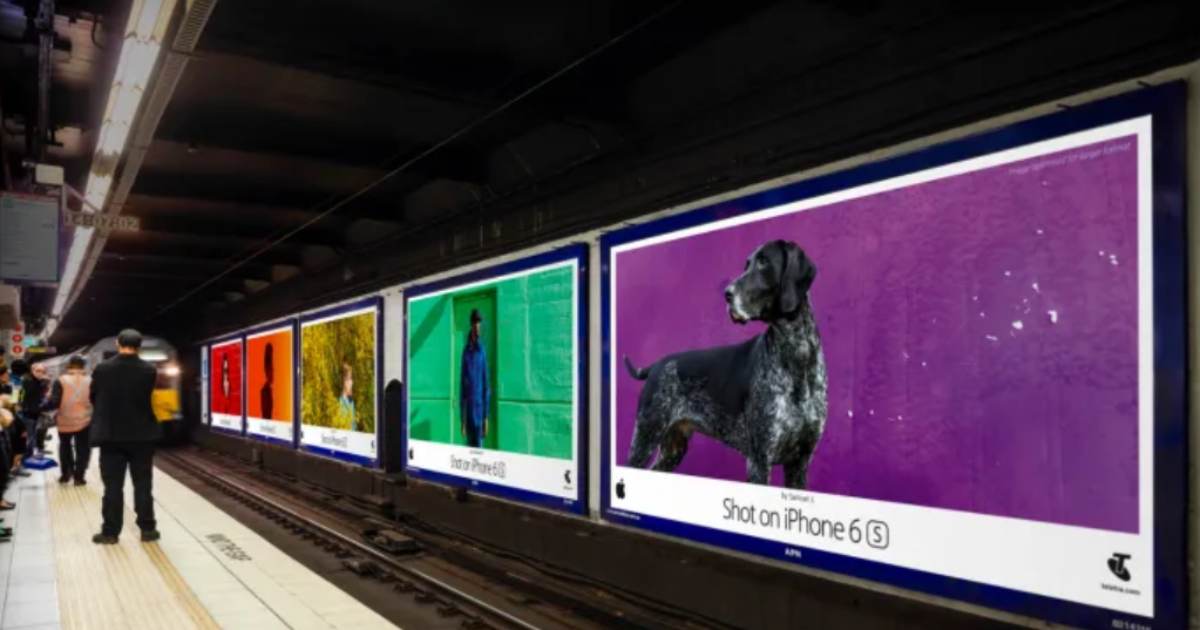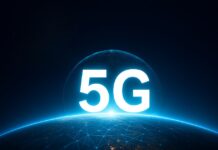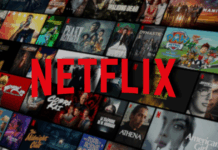We live in an advertisement-saturated society, where popular brands aren’t just selling products, they’re selling lifestyles, dreams, and sometimes even insecurities. Whether you realise it or not, you’re being marketed to almost every minute of the day.
Step outside, and you’re met with towering billboards flashing limited-time offers, celebrity endorsements, or the latest gadget you didn’t know you needed.
And when you look down at your phone? That’s where the real fun begins. Digital ads sneak into your social feeds, pop up between Instagram stories, and even wedge themselves into your YouTube videos. Sometimes, they’re so personalised, it’s like your phone can read your mind.
Let’s not dive into TV commercials. Cricket matches and drama serials are unceremoniously interrupted by these commercials.
All of this has led to significant ad fatigue. Advertisements frustrate consumers, and they may no longer draw sales to the desired extent.
However, brands today are moving towards experience marketing, which is much more effective than traditional advertising methods.
Building a Connection With the Customer
Experience marketing, also called engagement marketing, is a strategy that uses immersive and interactive experiences to enhance consumer engagement and build an emotional connection.
Instead of passively receiving the message, the consumer actively engages with and interacts through physical or digital experiences with the product or service.
These experiences can range from in-person engagements, virtual events, and interactive digital experiences that may include virtual reality (VR) or Augmented Reality (AR) sessions.
A strong emotional bond between the consumer and supplier lies at the core of experiential marketing, which revolves around the five Cs: connection, conversation, collaboration, creativity, and context.
The most important consideration involves evoking a genuine emotional connection in the consumer, so that they “feel” something rather than receive a message.
Secondly, effective engagement marketing needs to elicit conversation and drive discussion. The most successful campaigns require consumer collaboration so that the audience can become part of a cohesive whole.
Creativity is also essential in experience marketing. The audience loves something different, unique, and innovative. The campaign should respect context and make sense to the target audience.

Apple’s “Shot on iPhone Challenge”: An Excellent Example
We all know that the iPhone cameras are in a league of their own. Apple boasting about this in their advertisements would have been mundane and uninspiring.
Instead of telling users about their improved cameras, they launched the #ShotoniPhoneChallenge. All over the world, people submitted their best photos and used the hashtag.

The campaign allowed existing iPhone users to interact with Apple and become part of a larger community. Others were also drawn to the tech giant’s products due to the fear of missing out (FOMO) on something special.
It was a massive success, as users shared their photos and the word spread to the entire world, driving sales.
In conclusion, the days for traditional marketing are slowly coming to an end. Today, consumers want more, and experience marketing is exactly that.
Stay tuned to Brandsynario for latest news and updates





































